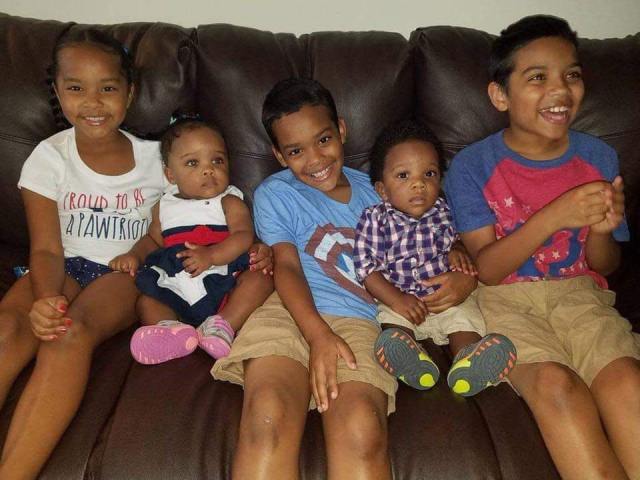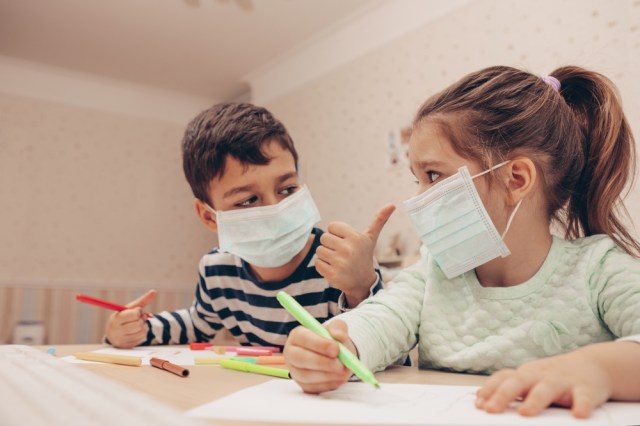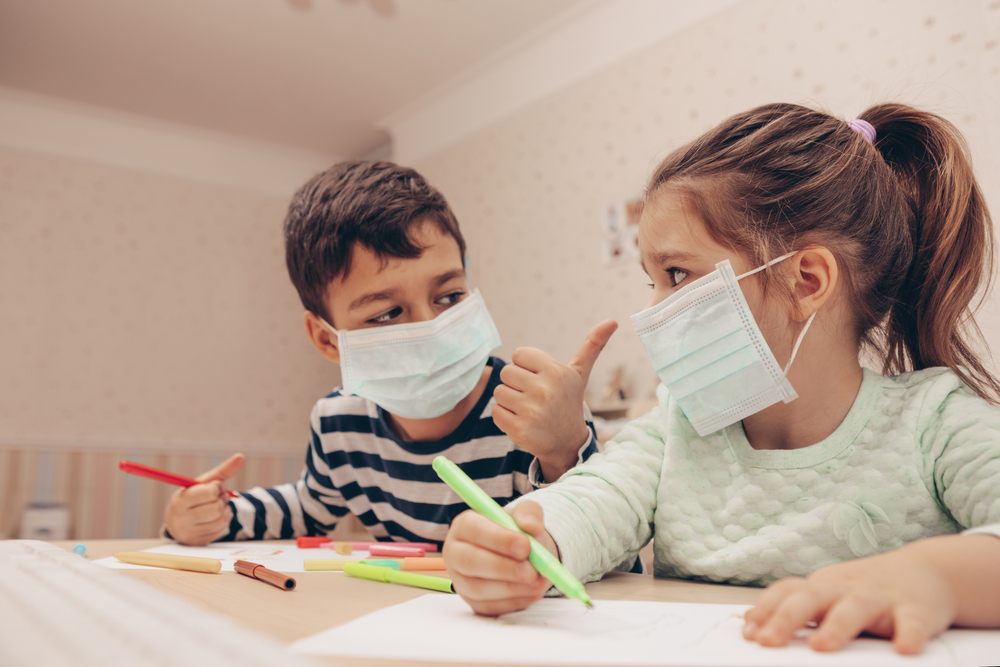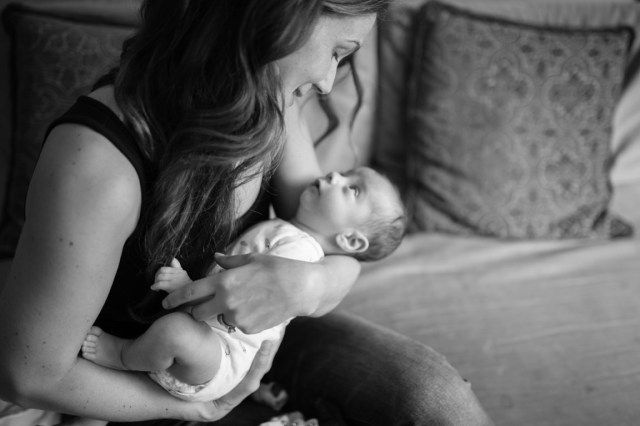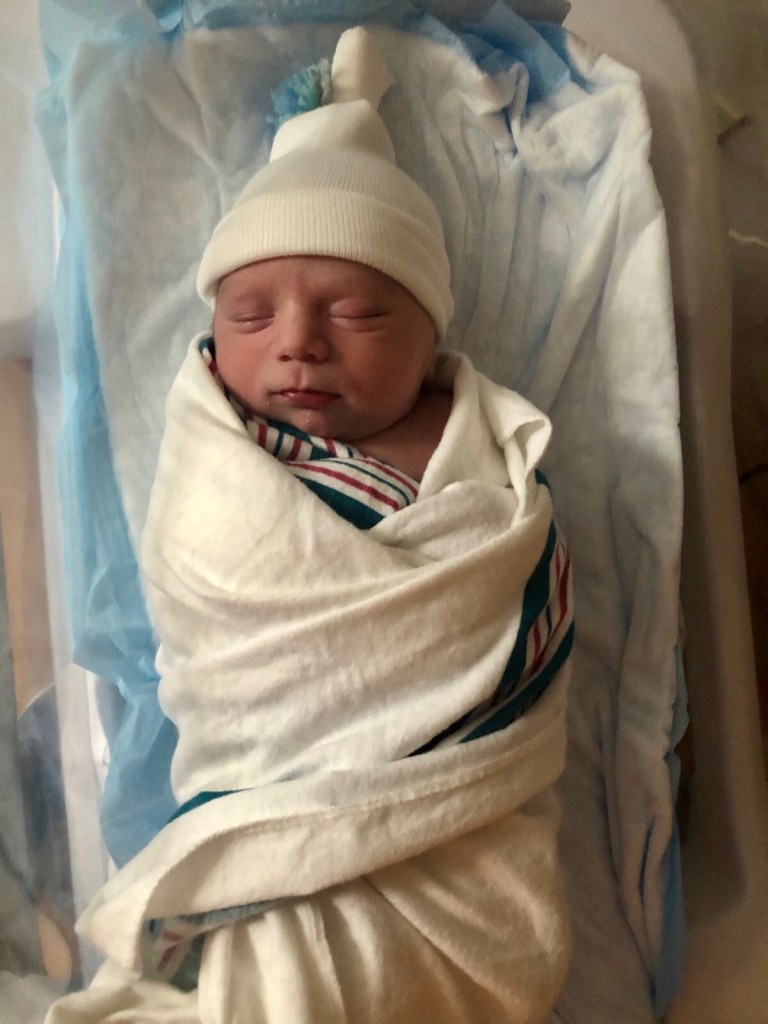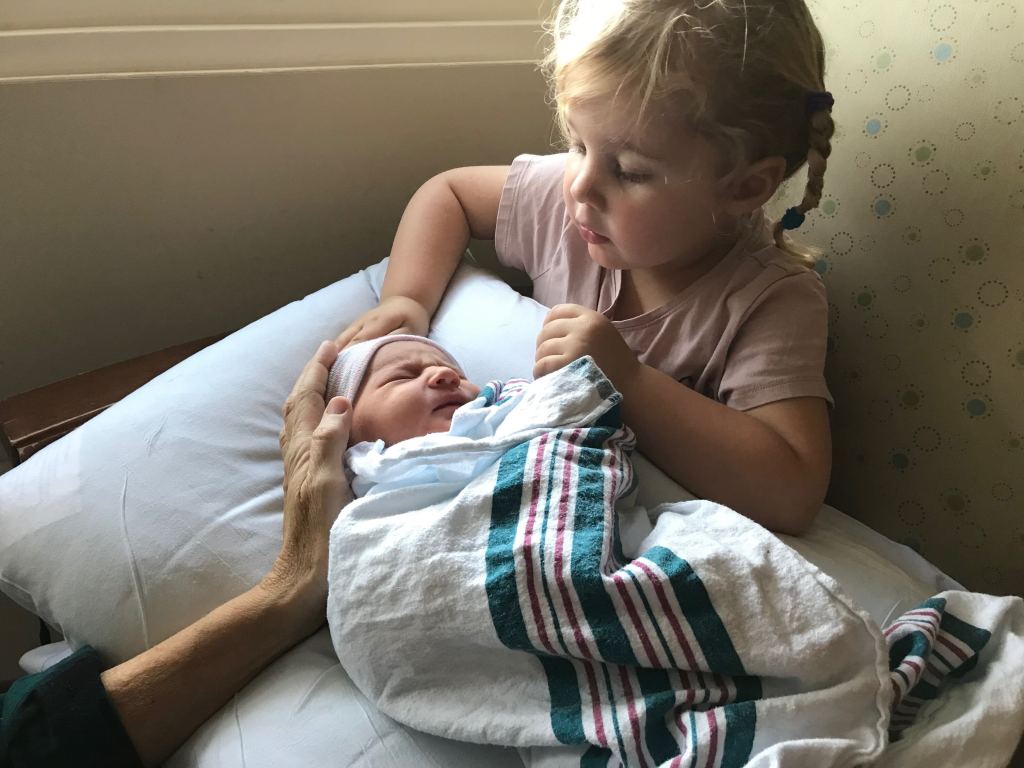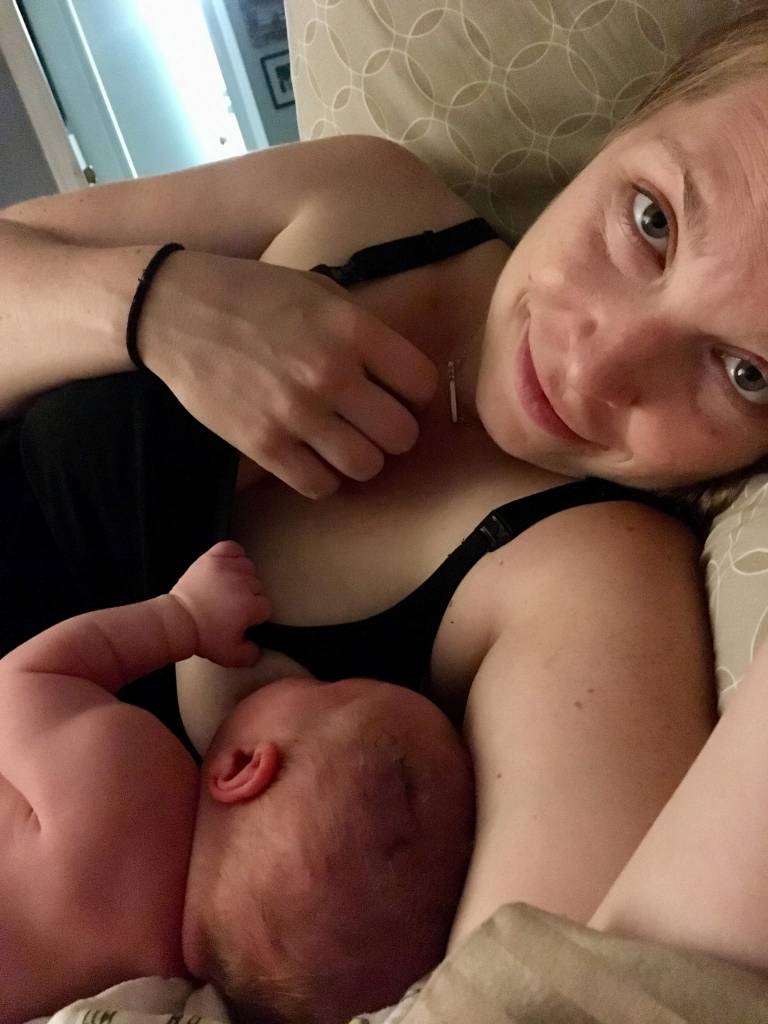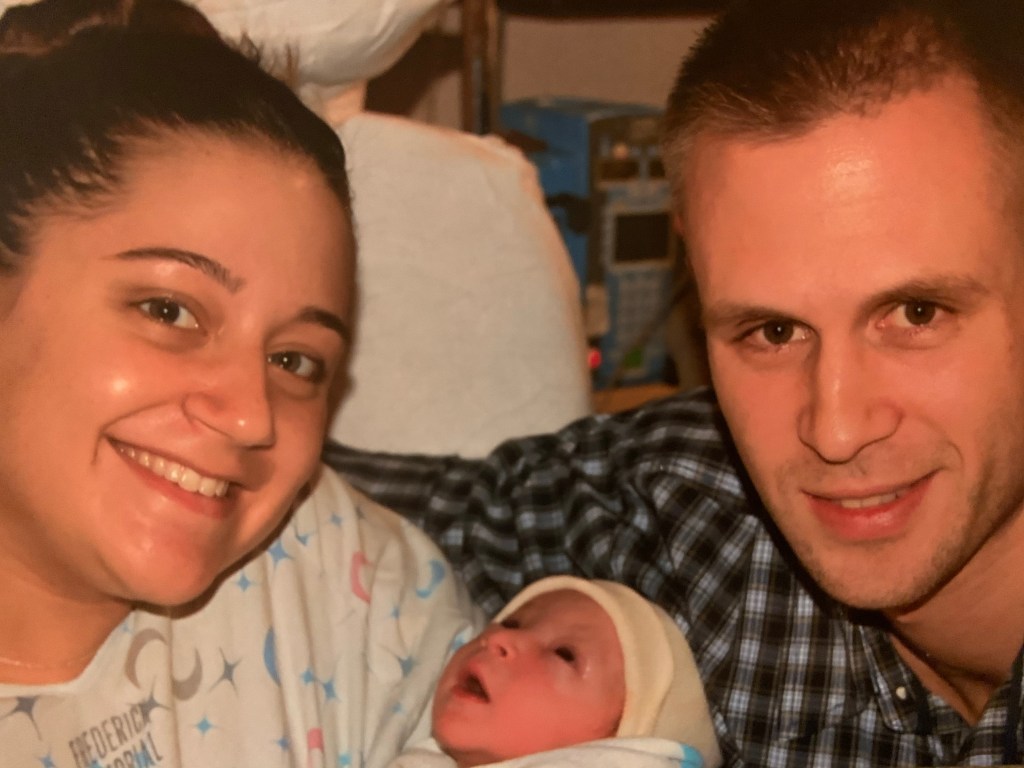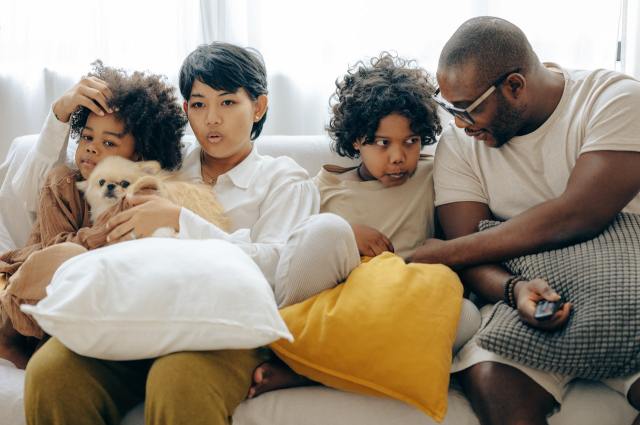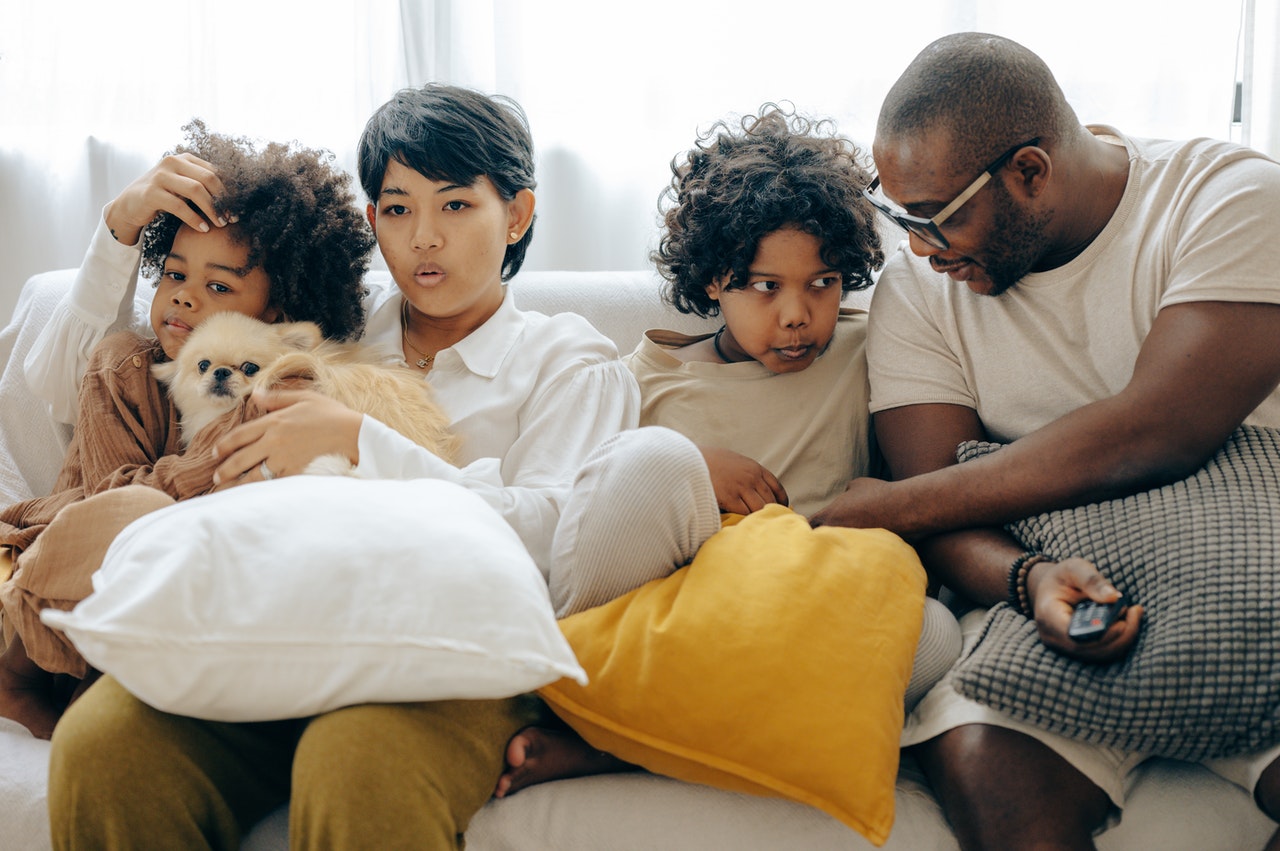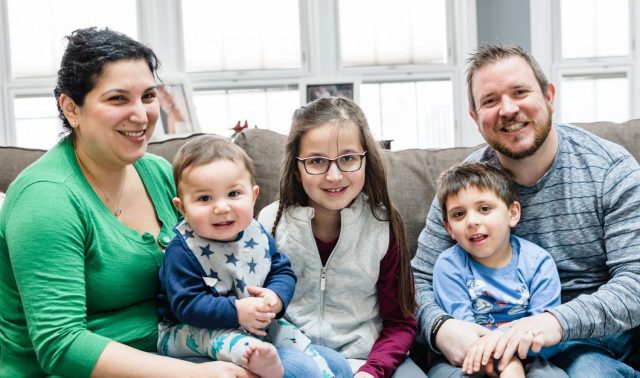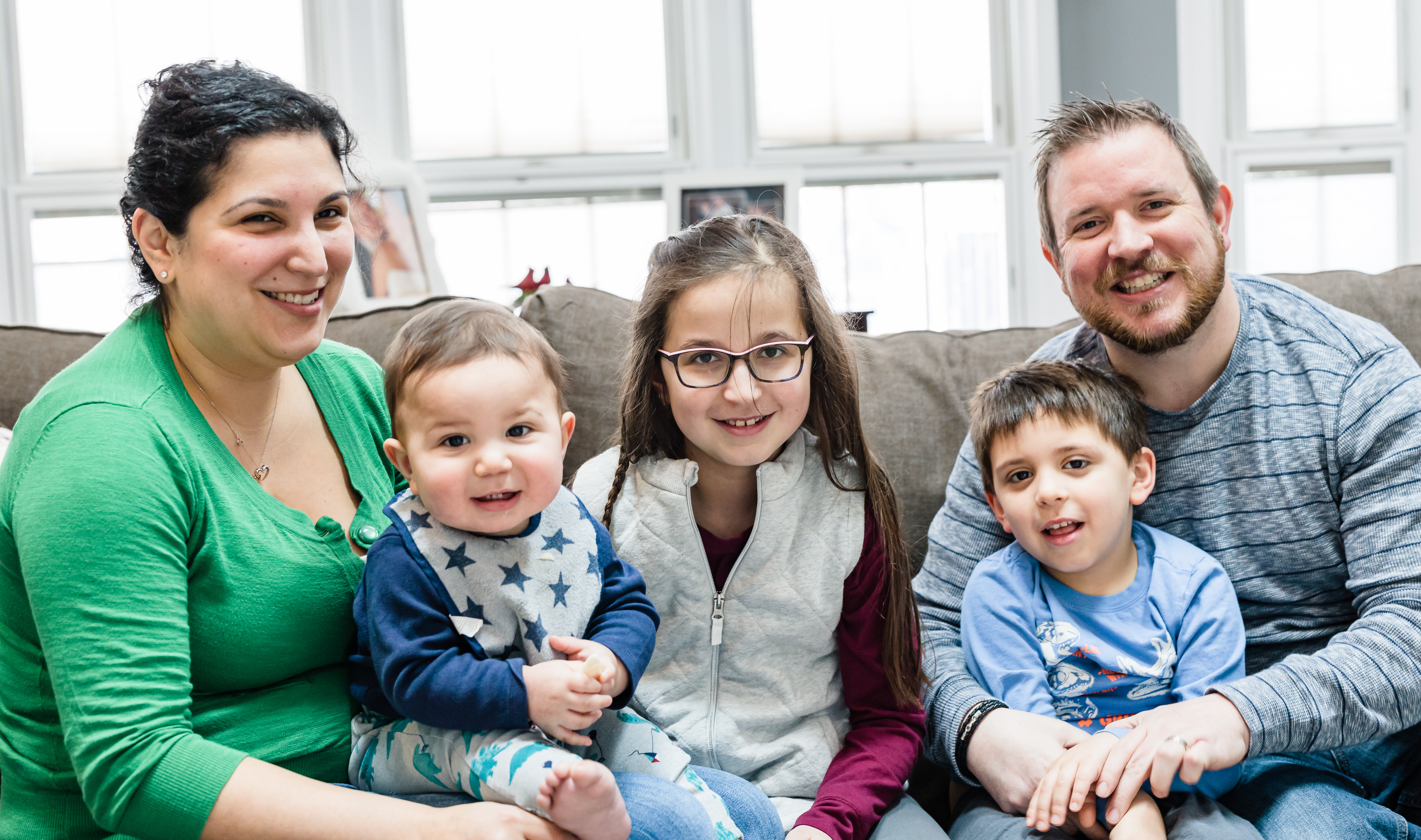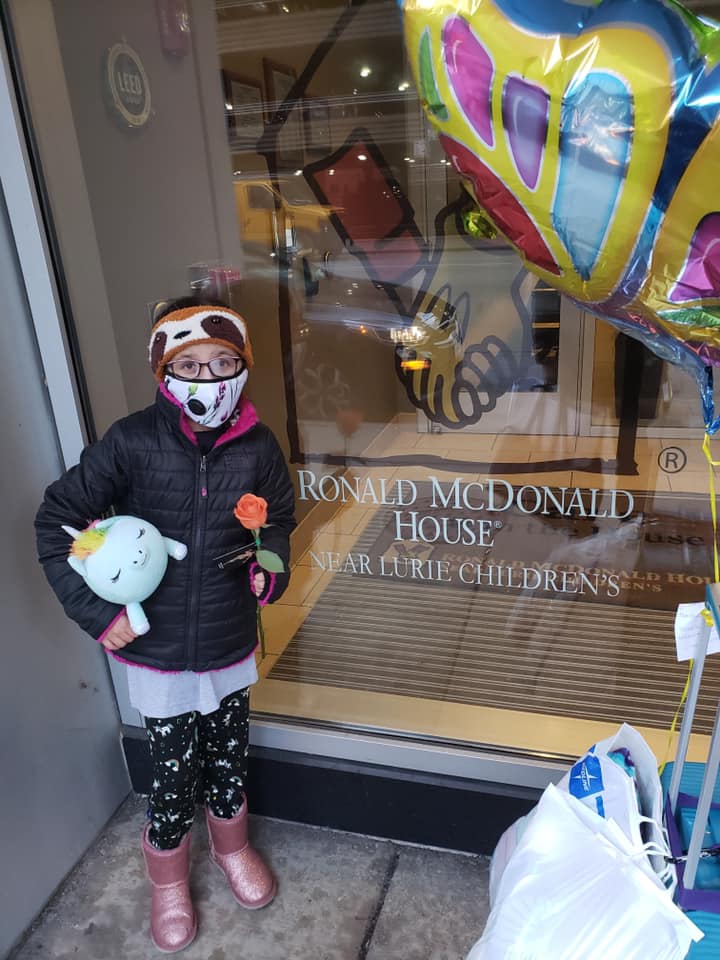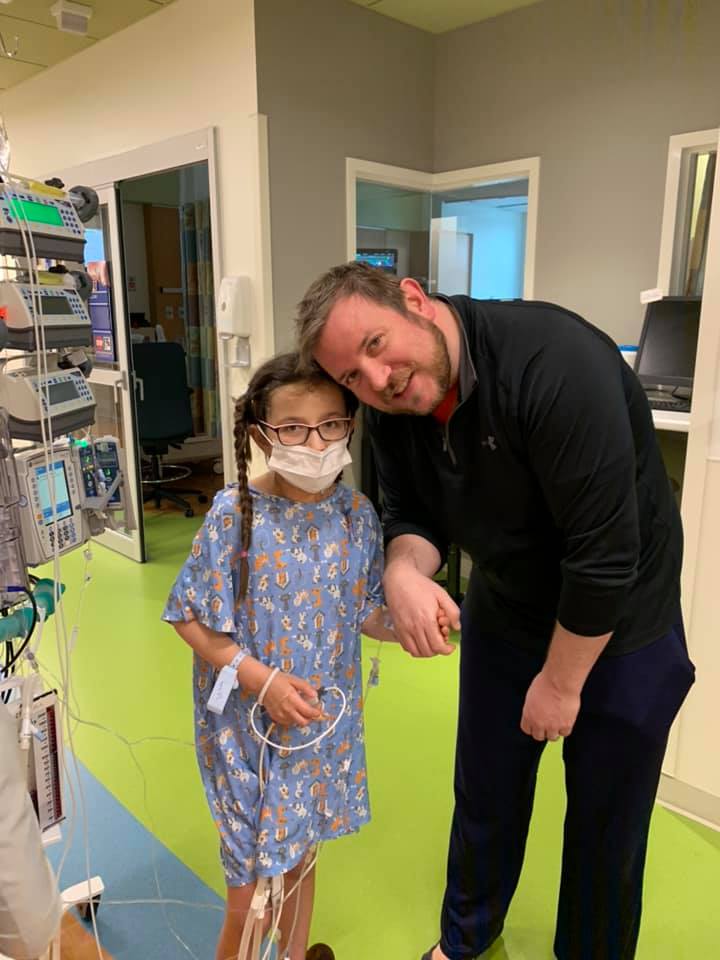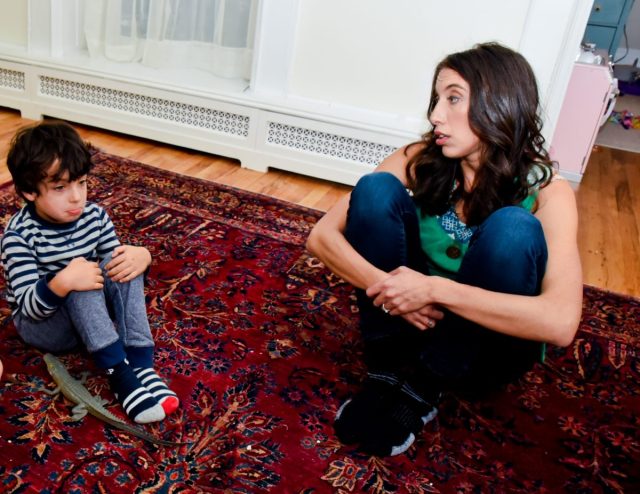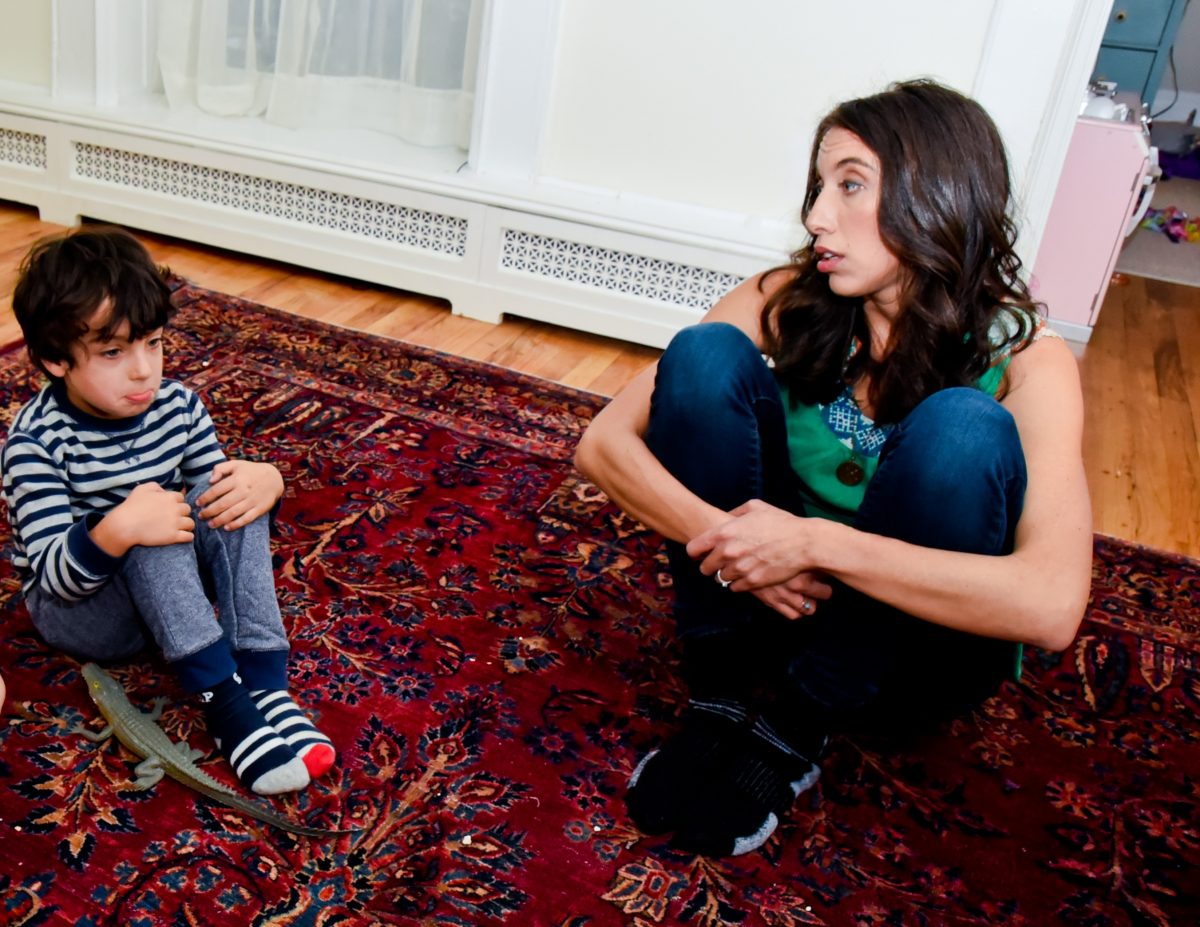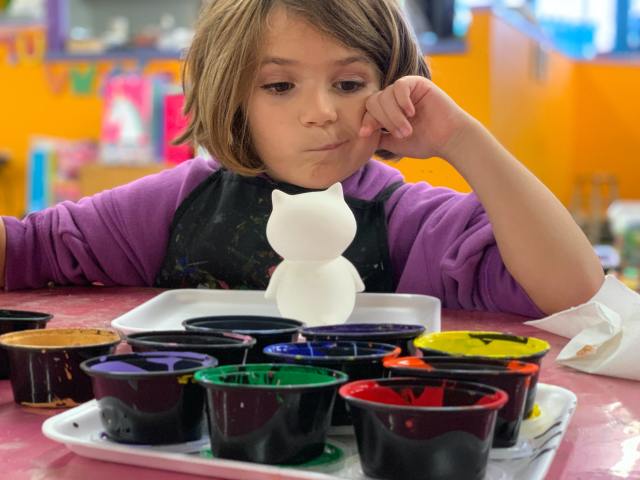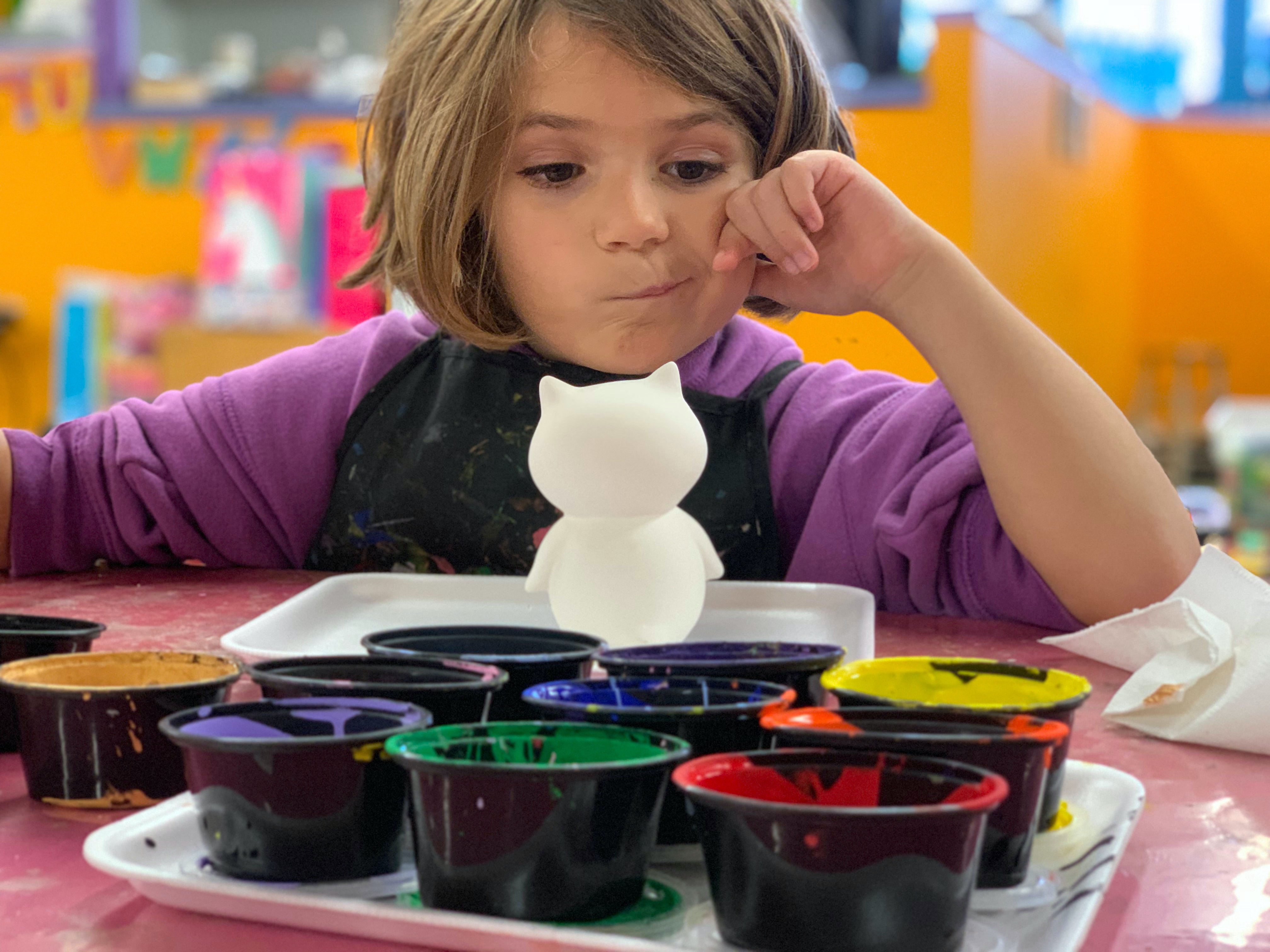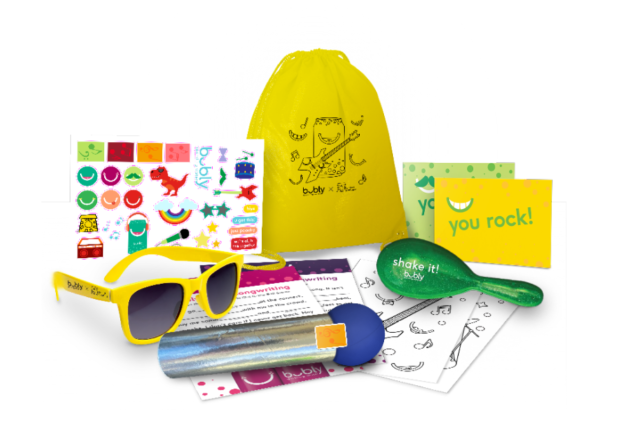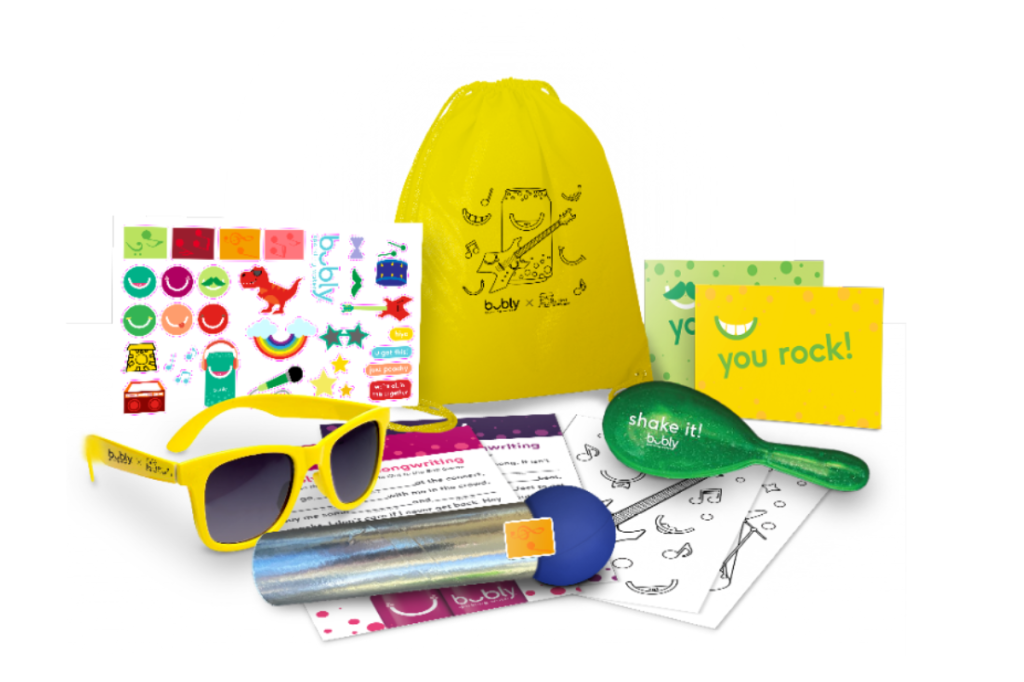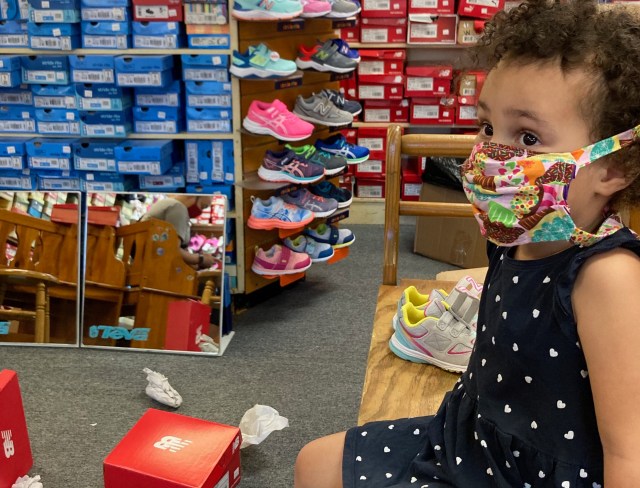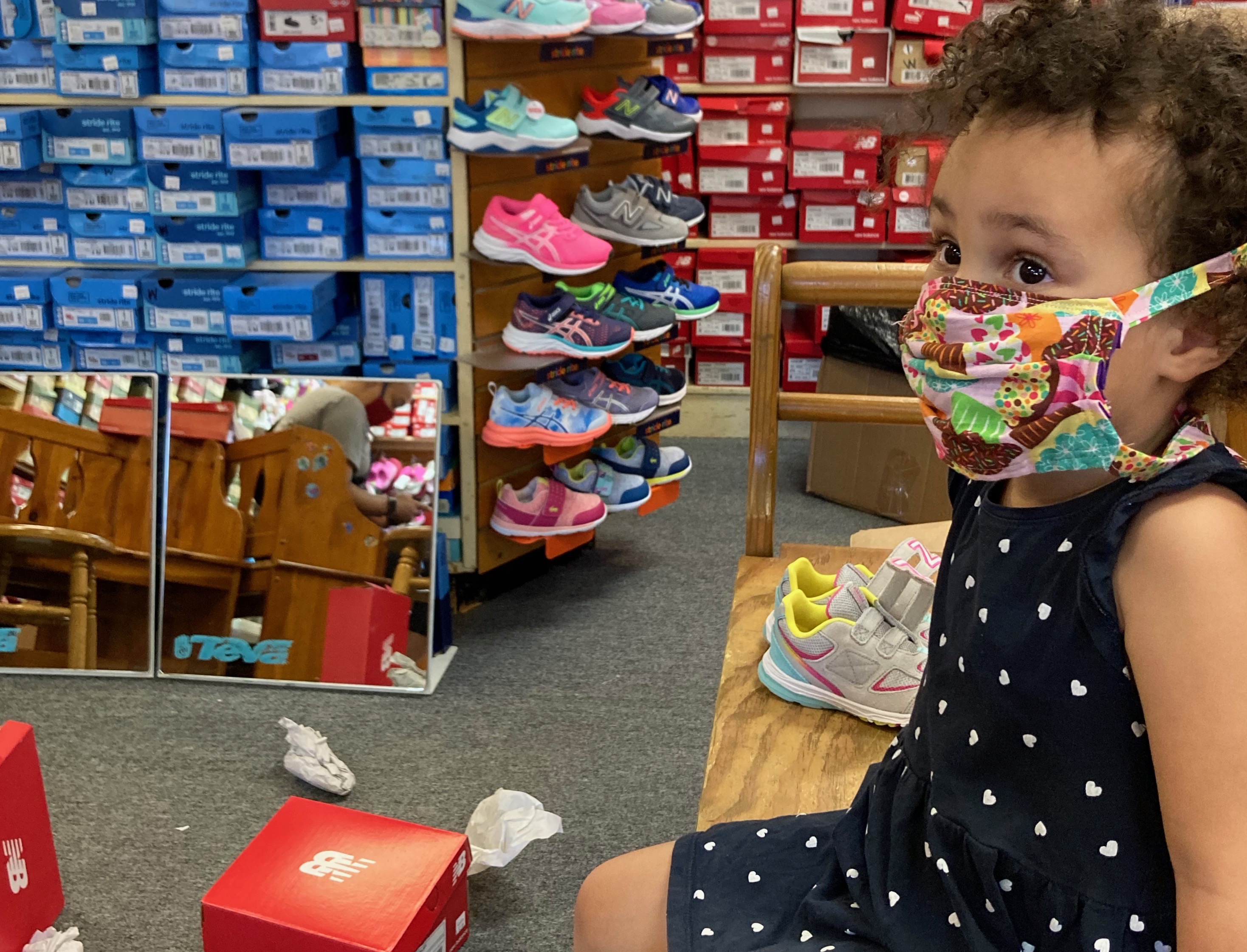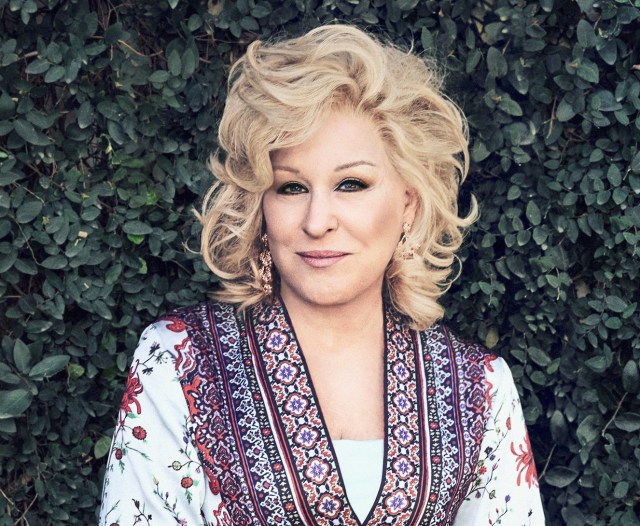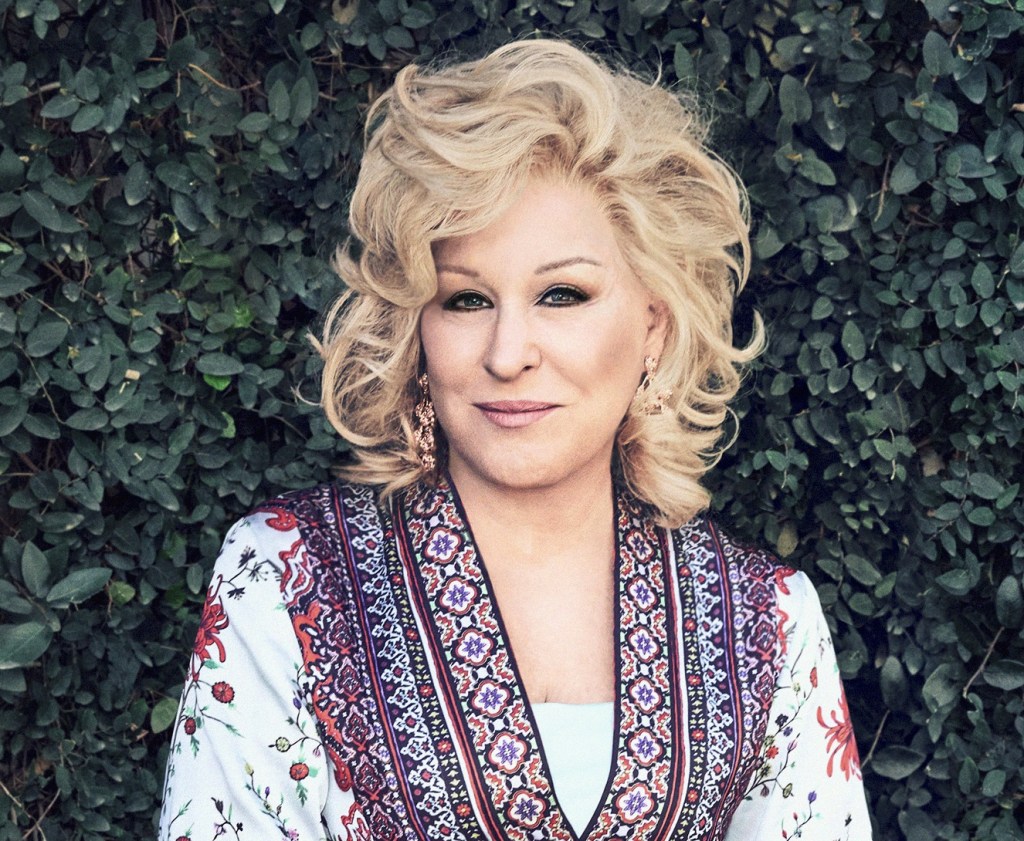
Confession: I am not an expert on all things parenting—yet I am proud in my imperfections. My world forever changed in 2005 when, at the age of 18, I gave birth of my firstborn son. Fast-forward to now and I’m currently raising five incredible children, the eldest having autism and epilepsy. On this journey, I have learned that although my intentions were pure, my actions were at times flawed.
Parenting does not come with a playbook. No matter how many books you read, videos you watch and advice you receive, there will still be an underlying edge of uncertainty. Add multiple children. Add a disability. Add the second guessing: am I doing this right? How can I do this better? Are my children okay?
Experience is a very thorough teacher if you sit back at listen. For 10 years, it was just my older three children. Then 2015, I was expecting again, but this time I was carrying twins. The feelings of betrayal, guilt and doubt overwhelmed me. Can I do this?
I already spent three days a week in a waiting room: speech therapy, occupational therapy, neurology appointment, the list goes one—but I was not alone in these appointments. That’s when it hit me.
Every appointment, his siblings accompanied him. Many of the seizures he experienced, his siblings were by his side. The feelings of helplessness and hopelessness were not just mine to bear. This journey was not just mine and his. His siblings shared in the pressures—the only difference is that they were still children, too.
I spent a great deal of time trying to “protect” my children from their brother’s disability. I thought I was doing them a favor by “taking care” of everything myself. Little did I know that I created a barrier between them and their brother fueling feelings of favoritism, isolation and resentment. These feelings were unknown to me but weighed heavily on them and began to surface in different ways.
I needed to change the way I parented my children, but that could not begin until I addressed the failures of the past. I was pregnant, hormonal, guilty and hurting. I was trying to reach my younger children but scared to admit I was wrong.
How do I tell these innocent super siblings that mommy noticed their pain? How does a parent press restart on the parenting journey? These are the three steps I took to bridge the gap in our family.
Apologies are healing.
As parents we feel the constant pressure of perfection. We fear being viewed as fallible to our children and our families. That must stop. I sat my children down one evening after their older brother went to sleep.
I looked them in the eyes and with a heavy heart said, “I am sorry. I know I spend a lot of time with your brother, but I want to hear from you. How do you feel?”
They responded with eyes looking at the floor, “Fine. I am okay, mom, I know he needs you.”
Insert a dagger in my heart.
My children were still considering their brother and his disability—his feelings—before their own.
I asked them to look me in my eye and said, “You need me. I am sorry if you do not feel I know you need me too.”
Tears formed in the eyes of these precious young souls.
“I miss you, mommy.”
We all cried a great deal that night. No, it was not the answer to every problem, but it was the beginning to a new wave. I spent that evening giving them permission to feel.
Feelings are important.
By opening the door to communication, I gave my children the freedom to feel. They knew that that there was no wrong way to feel regarding their brother. Yes, the time spent would never be equal, but the love from mom was the same. I was on their team regardless of how hard it was.
They told me how isolated they felt. The expressed the burden they carried in weight of being the younger sibling but knowing they were on a higher level cognitively than their older brother. This was huge.
Education is empowering.
I opened the conversation to questions. I did not know what to expect, but their questions came back-to-back:
“What is autism? What is epilepsy? Why does he flap his arms? Will he die having a seizure?”
The items I thought I was protecting them from were the same items they were trying to internalize. They had a million questions and I sat and answered every one the best way I could, ending our talk with, “If mommy does not know the answer, mommy will find the answer.”
Children in special needs family experience things that their peers never encounter. They mature faster because of the things they go though. If parents fail to connect and educate the siblings on the disability, they feel lost and unprepared.
“What do we do when there is a seizure?”
They watched me all these years, but I never communicated the process. I never took the time to address their concerns and prepare them for the possibilities. Fail. We do not know something until we know something.
Now, when someone questions why their brother is flapping his arms, they are equipped to respond: “My brother is stimming. Do you know what stimming is? Let me teach you.”
Looking back, I realized all the ways I could have parented them better, but I did not have time to wallow in guiltiness. My oldest child was not the only one with special needs. The siblings had special needs of their own. They required active attention. They needed me to put them on the family calendar.
All the time I spent ensuring their older brother was okay, I missed that the siblings were not okay. I falsely assumed I was protecting them. I made a change to communicate even when it was uncomfortable.
Parenting is not a one size fits all. All children are different and if we desire to raise secure and strong adults, we must start with ourselves. Acknowledge that while our intentions are good at times our follow though is faulty.
There is power in an apology. I learn daily, yet I make it a priority to address the concerns the siblings face. I am a stronger and wiser parent now. My children know that they matter and that our certainty is that they know they are not on this lifelong journey alone.
